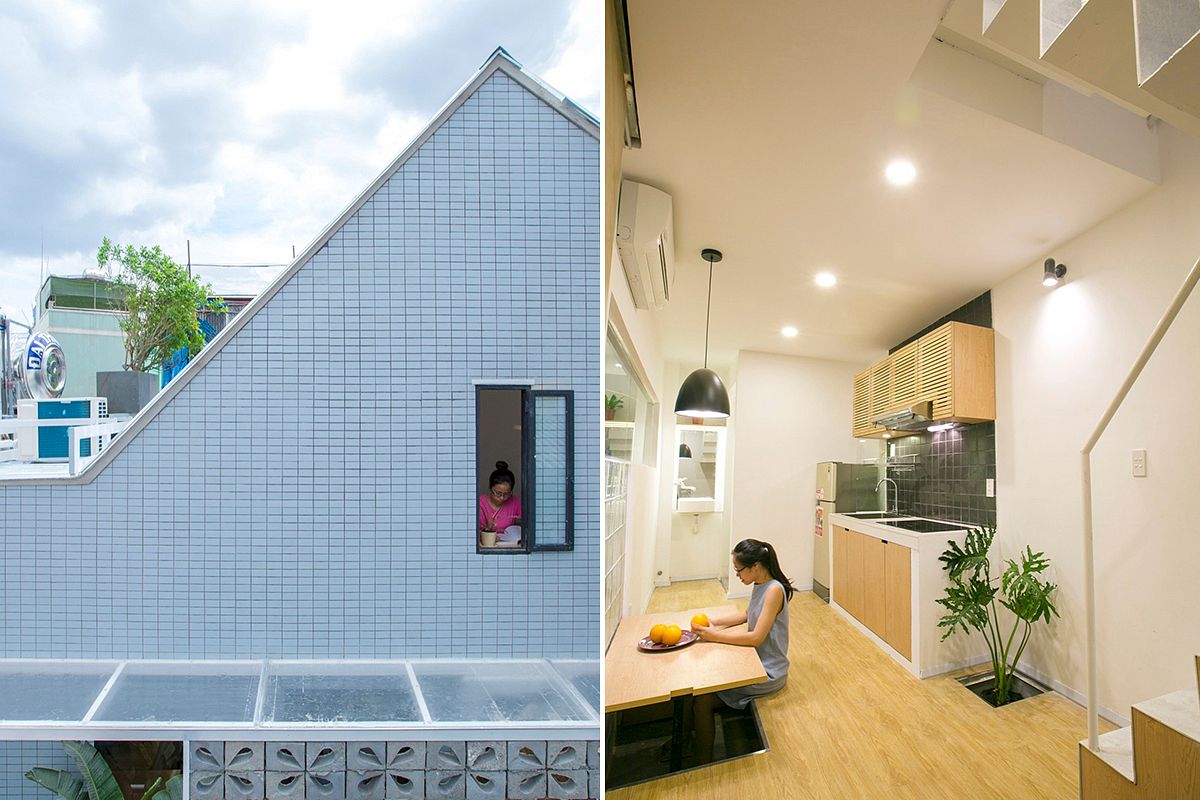Female manual labourers in Vietnam are to be banned from employment in industries deemed too risky and arduous Thanh Thien reports. The new regulation, implemented in December 2013, saw 77 jobs categorised as too dangerous and unhealthy for women to carry out. Now that a few months have passed since the regulation took effect, some complain that they are losing their livelihoods.
Employers are now prohibited from hiring women in the construction, mining and oil industry to name but a few. Here's an overview of the jobs women are prohibited from doing:
-
35 jobs that could potentially jeopardize women’s ability to give birth and raise children - like smelting and pouring metals, working on oil rigs, controlling heavy machinery of more than 36 horsepower, carrying loads of more than 50 kg, doing autopsies, and bury and exhume bodies.
-
3 jobs in mining and under water, including diving and underwater construction, cleaning sewers, and digging wells and mining.
-
39 jobs proscribed for pregnant women and those with children aged less than a year: like carrying loads of more than 20 kg, working in electromagnetic environments and at jobs where they will come directly in contact with harmful substances like tobacco and pesticides.
This has caused experts and women themselves to express concern with the new legislation. It is an unfortunate reality in Vietnam that “most unskilled workers are women” argues Nguyen Thi Dieu Hong, a former official of the Gender Equality Department. These women are wholly dependent on incomes produced from their back-breaking work.
Although the new regulations appear on the surface to be ameliorating women’s working conditions, it will ultimately lead to unemployment and, thus, to poverty for the women and their families.
Nguyen Thi Luot has been working in the construction industry with her husband for 10 years. She says:“...I don’t have a choice, I don’t know tailoring to work at garment factories like many others.”
Vu Van Tuan from Investco 1 Company echoed this point and told Vietweek that it is too difficult for unskilled workers to be given other jobs that require specific skill sets, especially given the lack of training available.
These women work painfully hard to raise their families and put food on the table, earning on average VND200,000 ($9.5) per day. Prohibiting them from those jobs would mean that they would lose their means of livelihood.
What are possible solutions to this problem? Nguyen Thi Bich Tuy from the HCMC Labour Union told Vietweek that the ban should not be implemented straight away. She suggests that women should be trained to work in other jobs. Nguyen Kim Lam from the International Labour Organization proposes that safety improvements should be made in the workplace in terms of both equipment and technology.
It seems that these new regulations have created a conundrum - women can no longer work the jobs for which they have been trained and lack the skills required for ‘safe’ jobs. While the obvious fix would be to improve safety across the board, as some have recommended, at minimum training centers should be set up to provide female workers with reliable skills.
[Thanh Nein // Photo via iloasiapacific]














